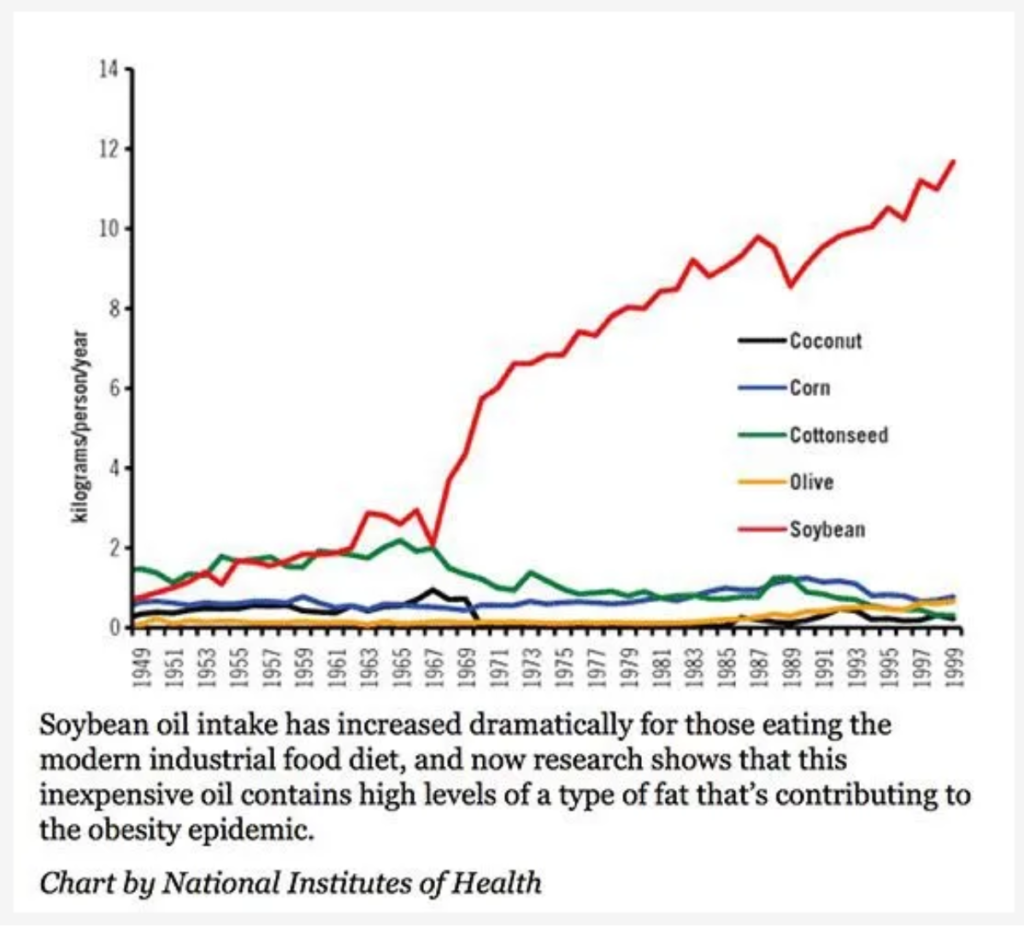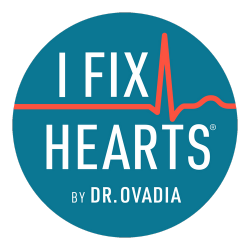You’ve probably heard that excessive sunlight should be avoided at all costs.
But what you haven’t heard is that not getting enough sun could be shortening your lifespan.
According to a 20-year study performed by scientists in Sweden, non-smokers who don’t get enough sunlight have a similar life expectancy to smokers in the highest sun exposure group. Avoiding sunlight shaved more than two years off their life expectancy — and increased their risks for cardiovascular disease.
This doesn’t seem right at first glance. After all, we’ve been told sunlight actually raises our risks for skin cancer and we need to wear lots of sun protection to stay healthy. But to be frank, a sunscreen industry worth $14 billion may not be the best resource for unbiased information.
When we look closer at the mechanisms of sun damage, we realize there’s a lot more under the surface that simply doesn’t get attention.
I’m going to tell you something few other doctors will:
Sunlight doesn’t hurt us as much as we’re told
This isn’t a shock-value statement spoken out of turn. It’s not only supported by research, but by historical accounts as well.
Studies in the past have shown that outdoor workers have no increased risk for non-melanoma skin cancer. But today, you can see dozens of studies citing higher risks for cancer and other malignant affects.
When did this shift occur?
Let’s take a step back.
Skin cancer was a largely undiscussed condition until quite recently in American history. There has been an alarming increase in skin cancer rates since the 1950s — a jump of nearly 2,000%.
The sun hasn’t changed between 1950 and now. And we certainly don’t spend more time outside than we used to. Today, the average American spends less than an hour per day outdoors, with one in five spending a scant 15 minutes outside. We’ve also seen a dramatic 490% rise in vitamin D deficiency, skyrocketing exponentially since the 1970s.
Two things have changed between then and now: our consumption of polyunsaturated fatty acids (PUFAs), and our use of sunscreens.
Let’s take a closer look.
The seed oil / sunlight paradox
Our consumption of PUFAs like seed oils and soybean oils has climbed dramatically over the past few decades. We eat millions of tons per year without even knowing it, with hidden ingredients squirreled away in the ‘health’ foods we buy at the store.

We also know diagnoses of skin cancer rose dramatically during this time, which suggests there’s a very clear and undeniable link between the two.
But to understand the mechanisms behind why that is, we need to understand how sun damage occurs.
How seed oil and sunlight intermix
We know that sunlight contains UV rays, which is ultraviolet radiation needed to produce vitamin D. We also know it causes lipid peroxidation, which causes damage to skin cells and our DNA.
But avoiding UV rays is not the solution to avoiding cancer. In fact, your risks of skin cancer actually increase with less sun exposure, not decrease.
The truth is UV rays cannot initiate lipid peroxidation without a catalyst, which is seed oil. The higher your consumption of seed oil is, the higher your risks of melanoma. This means our sensitivity to sunlight and UV rays are higher because of our Standard American Diet (SAD).
You can think of UV rays as the match, and seed oils as the gasoline. Removing gasoline means UV rays have nothing left to catch — which protects our skin and reduces our risk for cancer.
Humans evolved in the sun, and UV exposure is natural. But foods manufactured with seed oils aren’t. When we look at the greater picture and put the puzzle pieces together, we realize what we should be avoiding is seed oil — not the sun.
So if you eliminate seed oils, you eliminate a massive amount of sun damage that could be affecting your skin.
But we have one final question to answer: what about sunscreen? Couldn’t you wear extra sunscreen while still consuming seed oil?
Much to the chagrin of sunscreen companies, no. And certainly not healthily.
The sunscreen / sunlight dilemma
There’s no end to the negative messaging around the sun’s damaging rays.
But while we’ve been told too much sunlight can wreak havoc on our health, the reality is we simply don’t get enough for this to be a problem.
Sunscreen didn’t even exist until the 1940s and 1950s, where humans had already been exposed to the sun for thousands of years.
Today, we know that sunscreen only reduces non-melanoma skin cancer, which has an extremely low risk of spreading to other parts of the body. We also know that sunscreen interferes with vitamin D production, which contributes to people feeling sick, weak, and metabolically unhealthy.
Plus, many ingredients in modern sunscreen act as endocrine disruptors and environmental contaminants. The FDA found in 2021 that only two ingredients could be classified as safe and effective.
The bottom line? Sunscreen is not a cure-all to skin-related problems. And if you reduce seed oils and focus on holistic health, you don’t need potentially dangerous chemicals to protect yourself from the sun.
Suggestions for healthier skin and sunlight exposure
We’ve been told that sunlight is a dangerous thing that we need to avoid. Unfortunately, we realize now we’ve been turned into heliophobes by bad science and misinformation. Not getting enough light has a negative impact on our metabolic health, which only gets worse with seed soil and chemical sunscreens.
If you want to increase your sunlight exposure and achieve better metabolic health, I suggest:
- Eliminating seed oil from your diet as soon as possible. The more you consume, the more serious your sunlight side effects may be (among other concerns such as obesity and heart disease).
- Taking 15-minute walks outside where you can get a little sunlight on your face. You may want to walk on your lunch break or take a stroll after work, or even save some time in the early morning for a quick jaunt around the neighborhood.
- Reserving time to enjoy one outdoor activity per week. This could be gardening, hiking, boating, or anything else that gets you outside. The additional exercise is a bonus for your heart health as well.
If you’re curious about the amount of sun exposure you personally need to reclaim your health, getting connected with a metabolic health coach may be the best next step. First, you can speak with a health coordinator to ask questions before starting your journey. Then, you can become a Gold member with access to my video courses and monthly Q&As.
